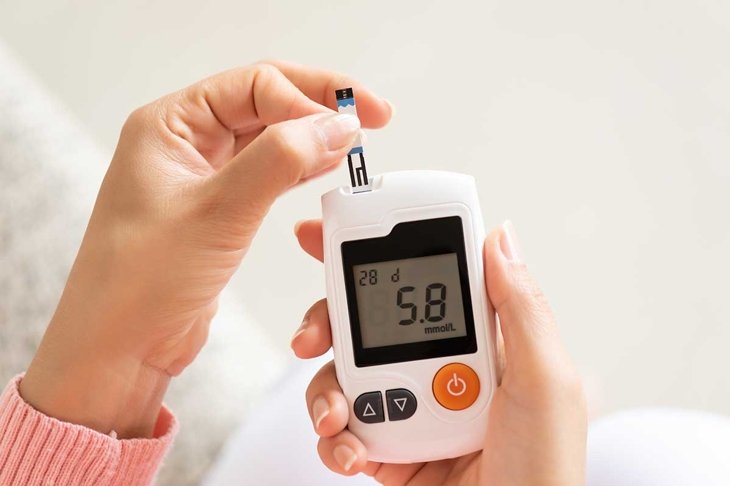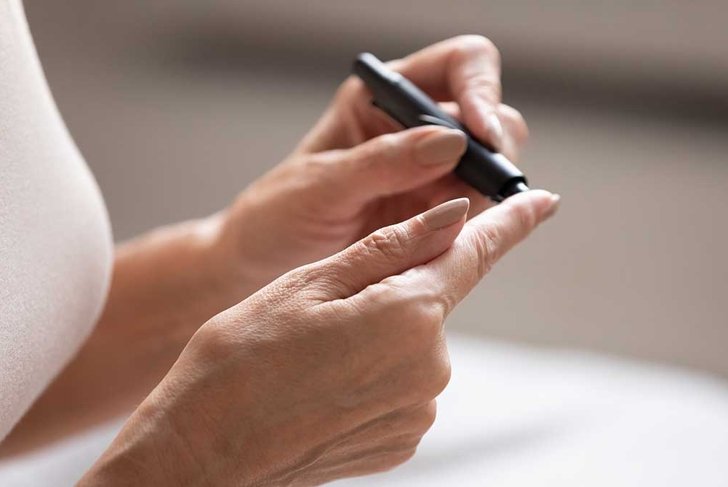
Diabetes is one of the most common chronic diseases. Worldwide, about 422 million people have diabetes, and an estimated 1.6 million deaths are linked to diabetes each year. Yet it also seems to be one of the most poorly understood diseases, with people’s knowledge of risk factors and complications being surprisingly low.
Read on for more information you should know about diabetes.
01
The basics about diabetes

Diabetes comes in two forms.
Type 1
Also known as insulin-dependent diabetes, type 1 diabetes occurs when the pancreas doesn’t produce insulin, the hormone that helps regulate levels of glucose, or sugar, in the blood. People require daily insulin injections to survive.
Type 2
Sometimes called adult-onset (though it’s increasingly being seen in children), type 2 diabetes occurs when the body doesn’t make enough insulin or doesn’t use the insulin it produces efficiently. Type 2 diabetes accounts for 90 to 95 percent of all diabetes cases.
02
Diabetes prevention

Prediabetes and type 2 diabetes can be prevented and managed through various lifestyle modifications. (Sometimes, prediabetes can even be reversed.)
“There’s no medicine to prevent diabetes,” says naturopathic doctor Maria A. Cavallazzi, founder of Mindful Healing Integrative Naturopathy in Mississauga, Ontario. “I work with a lot of people who are prediabetic and who are trying to prevent becoming diabetic, but it can be overwhelming for people.
“For patients who have diabetes, a lot of prevention focuses on complications,” Cavallazzi adds, noting that some people are unaware that the disease can lead to vision problems, for example. “I do lots of education with my patients.”
03
Prediabetes

Prediabetes occurs when blood glucose levels are higher than normal but not high enough for a diabetes diagnosis. If unmanaged, more than half of the people with prediabetes will develop type 2 diabetes within eight to 10 years.
04
Complications of diabetes

Damage to blood vessels and nerves from elevated blood-glucose levels can, over time, lead to serious complications, including blindness. Every year, those with diabetes account for: 30 percent of strokes, 40 percent of heart attacks, 50 percent of kidney failure requiring dialysis, and 70 percent of non-traumatic amputations.
Diabetes symptoms

Signs of diabetes include excessive thirst, frequent urination, unexplained weight gain or loss, extreme fatigue, frequent or recurring infections, cuts that are slow to heal, and tingling or numbness in hands or feet.
05
Diabetes risk factors

There are misconceptions, such as diabetes being caused by eating too much sugar. (Consuming excess sugar can, however, indirectly raise the risk by contributing to weight gain and increased body fat.) There are several risk factors, besides prediabetes. These include being overweight or obese, aged 40 and above, a family history of diabetes, physical inactivity, and high blood pressure.
The risk of type 2 diabetes goes up when fat is stored around the belly, rather than the hips and thighs. Men with a waist circumference of 102 cm (40 in) or greater and women with a waist circumference of 88 cm (35 in) or greater are at higher risk. Measure your waist after exhaling and avoid holding your breath.
06
Diet

“I always start with nutrition,” says Cavallazzi, who was a medical doctor in her native Colombia before pursuing research and then naturopathic medicine. “That’s my base. Nutrition is the most important element of prevention.”
This is where a lack of knowledge can add to risk: Cavallazzi says that many of her patients think they’re eating healthy foods, when in fact what’s in their kitchen cupboards may not be nutritious at all. Diet shakes and granola bars are common culprits. “Those are full of sugar,” Cavallazzi says. “You have to be very careful, because sugar is masked in so many different ways.
“Eat a whole-food diet,” she adds. “Eat less processed food. Cook and prepare your own food using the best ingredients you can. Make changes [to] gradually so you don’t feel deprived.”
Consuming a nutritious diet can also help people lose weight or maintain a healthy weight, which will also help prevent the disease.
07
Exercise

The “exercise prescription” is another extremely effective preventive strategy as well as a requisite management tool.
Cavallazzi says regular physical activity improves the body’s insulin sensitivity and can be as useful in fending off diabetes as glucose-lowering medication, without the side effects. “It doesn’t have to be overly challenging,” Cavallazzi says. “Even gardening or walking will help.”
08
Diabetes helpers

Low-GI diet
The glycemic index (GI) is a 100-point scale that ranks carbohydrate-containing foods by how much they raise blood sugar levels after being consumed. High-GI foods increase blood sugar higher and faster than those with a low GI. Low-GI foods include chickpeas, baked beans, apples, bananas, peas, barley, and quinoa. “You can lighten your glycemic load by eating lots of salads, legumes, and green vegetables,” Cavallazzi says.
Infrared light therapy
This therapy uses red low-level wavelengths of light to help relieve the pain of diabetic peripheral neuropathy, by purportedly strengthening mitochondria. It may also help stimulate regeneration of skin and promote the repair of slow-healing wounds such as diabetic foot ulcers.
09
Supplemental diabetes helper

Berberine
A chemical found in barberry and goldenseal, among other plants, berberine seems to reduce blood sugar levels in people with diabetes. Certain supplement dosages may be as effective in controlling blood sugar as common medications.
Gymnema sylvestre
Used since ancient times in Ayurvedic medicine, this climbing shrub contains substances in its leaves that may increase the amount of insulin in the body and boost the growth of cells in the pancreas, where insulin is made.
Probiotics
Probiotics and healthy intestinal bacteria have been shown to produce biochemicals and hormones that may help prevent diabetes from developing.
Grape skin extract
Early studies suggest grape skin extract inhibits high blood sugar (hyperglycemia) and may help manage diabetes.
Vitamin D
New research shows a possible link between low vitamin D levels and a higher risk of type 2 diabetes and heart disease.



